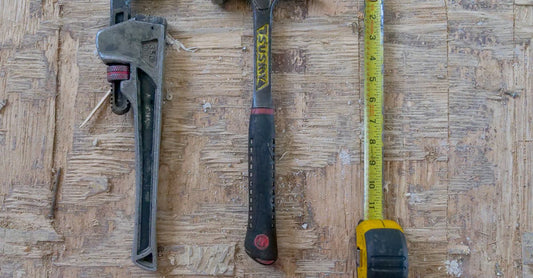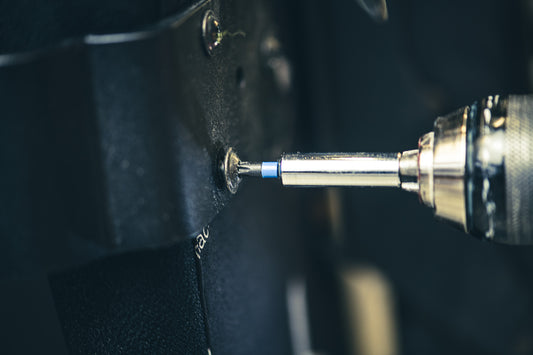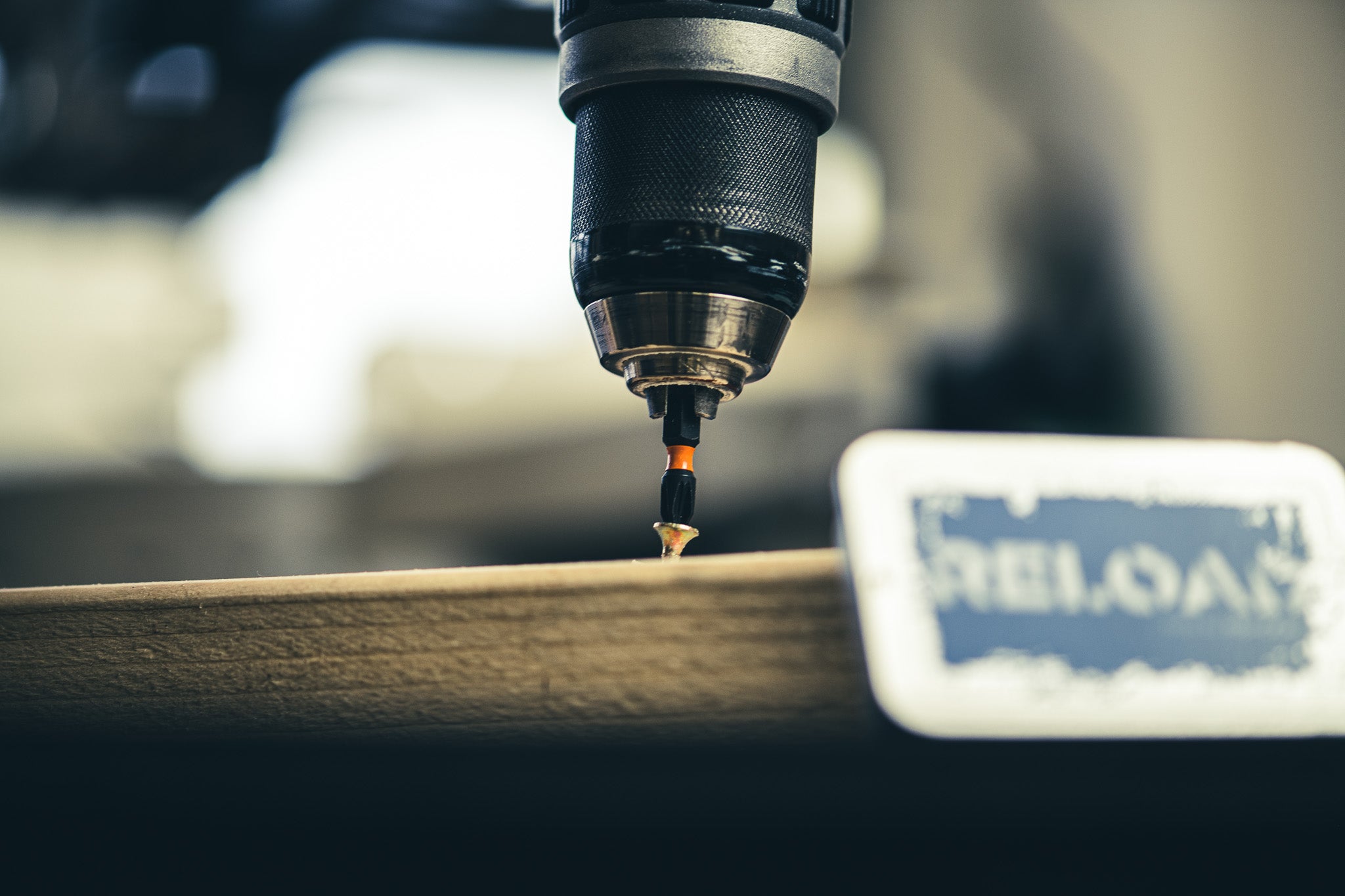ground fault sy-kwit circuit in-ter-rup-ter (GFCI)
Ground Fault Circuit Interrupter, GFCI
An electrical safety device used to protect people from electric shock.
Example usage: The GFCI should be tested every month to ensure it is working properly.
Most used in: Residential and commercial electrical installations around the world.
Most used by: Electricians, technicians, and other tradespeople.
Popularity: 8/10
Comedy Value: 1/10
Also see: GFCI Receptacle, Arc-Fault Circuit Interrupter, AFCI Receptacle, Ground Fault Protection Device,
What is a Ground Fault Circuit Interrupter (GFCI)?
A Ground Fault Circuit Interrupter (GFCI) is a safety device used in electrical wiring installations. It is designed to quickly shut off an electric power circuit when it detects a ground fault or an imbalance in the circuit. This helps to protect people from electric shock and other hazards caused by an electrical fault.
GFCIs are usually installed in areas where water is present, such as bathrooms and kitchens. They are also commonly used in outdoor areas, such as patios and decks. The National Electrical Code (NEC) requires GFCI outlets in all wet and damp locations.
GFCIs are designed to detect small electrical imbalances. If an imbalance is detected, the GFCI will trip and shut off the electric power in less than one-tenth of a second. This helps to prevent electric shock and other hazards.
According to the Electrical Safety Foundation International, GFCIs can reduce the risk of electrocution by up to 65%. In the United States, GFCIs are estimated to save over 300 lives each year.
GFCIs are an important safety device and are required in many residential and commercial buildings. Electricians should be aware of the NEC requirements for the installation of GFCIs and ensure they are properly installed in all areas where they are required.
.The Origin of the Term 'Ground Fault Circuit Interrupter (GFCI)'
The term 'Ground Fault Circuit Interrupter (GFCI)' was first used in the early 1960s by the Canadian Standards Association (CSA) to describe electrical safety devices designed to protect against electrical shock. The CSA developed the term to differentiate the device from other circuit-interrupting devices such as fuses and circuit breakers.
The term became widely adopted in the United States in 1971 when the National Electrical Code (NEC) was amended to include a requirement for the installation of GFCIs in wet and damp locations. This amendment was the first instance in which GFCI technology was mandated by a national electrical code.
Ground Fault Circuit Interrupters have become an essential component of electrical safety in homes and businesses. They are designed to detect and interrupt the flow of electricity in the event of an imbalance in current, which can indicate a potential electrical shock hazard.
Today, GFCIs are found in a variety of residential and commercial applications, including bathrooms, kitchens, garages, and other wet or damp locations. They are also used in industrial settings to protect personnel from electrical shock.




